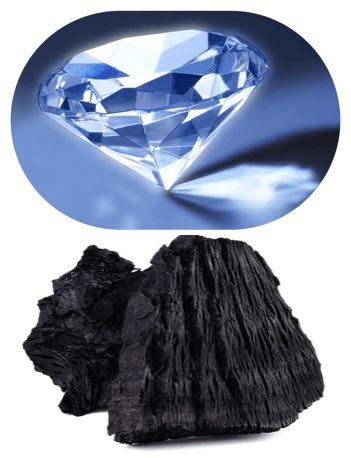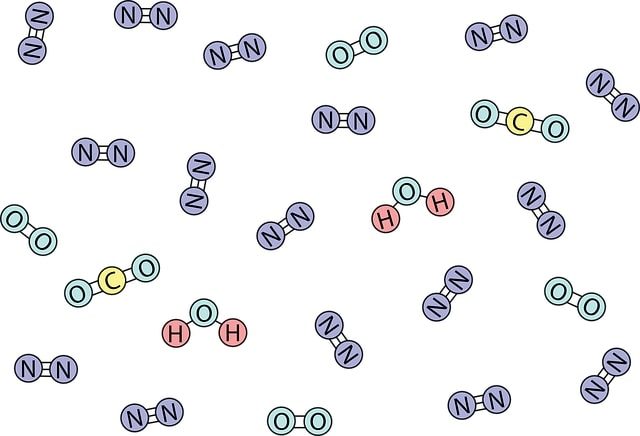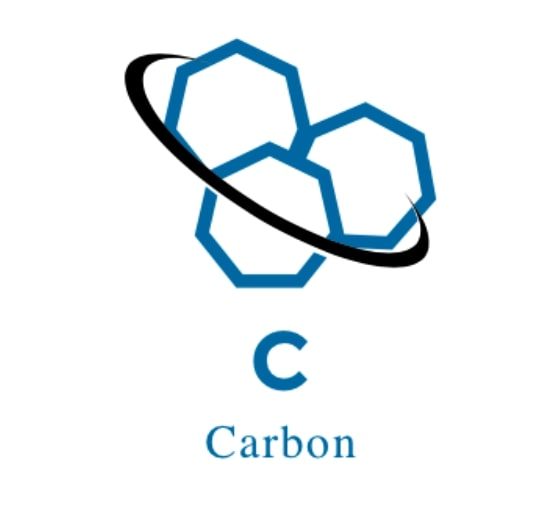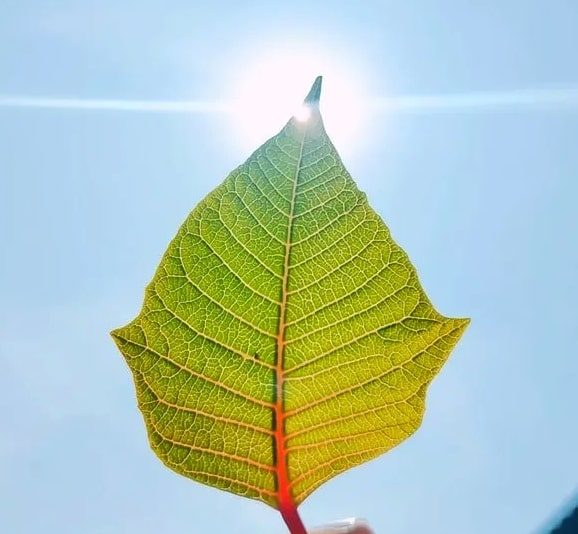It has been three billion years since first carbon element based form appeared on planet earth. Water bodies has nurtured the life from the very first unicellular form of life to the most advanced multicellular organisms. In the last article we learnt about the nature of electrons and its involvement in the chemistry of the biology.
More than 70% of the body weight is made of water denoting its significance. There are millions of life forms on the earth, made of different shapes, sizes and colours. In the periodic table around 118 elements have been identified and few of them synthesised. Each and every element in periodic table has different chemical and physical properties and they participate in the various reactions or prefers staying neutral depending upon the their electronic configuration.
Synthesis of carbon
In earth’s crust carbon is present as sixth abundant element with six proton and six neutrons in the nucleus. But where does this carbon came from? Carbon element is synthesised in the stars when majority of hydrogen is burned. Under extensively high temperature helium nuclei fuse together forming the nucleus of the beryllium with 4 protons and 4 neutrons. Consequently one more helium combines with the beryllium forming the iconic element- Carbon. This process is called as triple alpha process as helium nucleus is essentially the alpha particle.
About diamond there is a popular saying,” environment decides if the carbon will become a diamond or turn into coal”. It is fascinating to know that the coal and diamonds are formed from carbon element. If the diamond and coal are formed from carbon, then how do they look so different?
Coming back to the above saying, carbon atom under pressure forms a different crystal structure which has distinguishing optical properties that offers the shining characteristic to diamond. Whereas different crystalline arrangement of coal makes it look different than diamond. Being a shiny crystal, diamond is also a hardest naturally occurring material on earth on the contrary graphite is one of the softest material. Both of these materials are formed of carbon.

Out of all the elements from periodic table only 30 elements participate in all the biological reactions. Out of these 30 elements >99% weight of the cellular mass is formed of H, O, N and C. Only these selective elements create enormous magic and beautify the mother earth and it is possible because of the peculiar chemical properties of these elements. All the micro and macro structures of the living things are formed from the smaller molecular building blocks which require the carbon as a key element in some or the other way.
In this article we will talk about the essential properties of the carbon element that have helped to shape the todays diversity of the life forms.
Why carbon and not Silicon?
Like Carbon element Silicon also possess the 4 valence electron and capable of forming 4 covalent bonds. Then why carbon is largely found in the biological system and silicon is found as a trace element? The simplest explanation is, during the process of evolution of life, carbon was preferred over the Silicon element. The reason is the difference in the size of the silicon atom that resulted into different chemical properties of both the elements. Atomic weight of the carbon element is 12 and same is for silicon is 14.
Within a group in the periodic table the size of the elements increases as the atomic number of the element increases. Silicon atom is larger than carbon atom. Electrons from the valance shell of the silicon repel each other and the net acting nuclear force of attraction between silicon nuclei and inner steel electron is more prominent. Its influence on the electrons from the outer shell is not enough strong than the electrons from inner shell. This shielding effect leads to the formation of the weaker covalent bonds. That is why Si-Si covalent bonds are weaker than C-C bonds.
Stability of the bonds is also reflected in the bond energies of the C-C and Si-Si bonds. The bond energy of the C-C bond is 356kJ/mol which is 230 kJ/mol for Si-Si bond owing to the decreased stability of the covalent bond at ambient temperature (Reference). As a result polymeric compounds of the Silicon are weaker in the presence of water making it unsuitable for the formation of the long chain polymers in the aqueous environment.
Carbon dioxide forms during the union of carbon with oxygen i.e. during oxidation of the carbon compounds. This Carbon dioxide is released in the form of gas and ultimately recycled in the food chain. Which is not the case when it comes to the chemistry of the silicon element. In the aerobic environment i.e. environment containing dissolved oxygen, the silicon tends to react with oxygen and forms water insoluble oxidised silicon products called as silicates. These products separate out from the circulation of the body fluids making them difficult to be removed form circulation. Probably this is the most important chemical property of the carbon element proved to be the game changer during the evolution of the life.
Apart from the ability to form stable covalent bonds, there are other crucial chemical properties that adds to the significance of the carbon in biology. Unlike many other elements carbon can form the diverse functional groups required in biological reactions by combining with H, O and N. Functional groups of carbon compound can react with the functional groups from other molecules including other carbon molecules to form the larger and complex molecules like DNA, proteins and carbohydrates.

Carbon element in the synthesis of the complex biomolecules
Ability of the carbon compound to form chain and ring structure enables the synthesis of the complex molecular structures like lipids, cytochromes and pigments. The life emerged in a closed membranous sphere which could contain the cellular reactions excluding from the external environment. All the membranes including viral capsid and the membranes of the plant and animal cells are formed of lipids. These hydrophobicity is conferred by the bonding of the carbon in chain.
Ring structures gave rise to diverse range of aromatic and cyclic compounds. Remember the smell of earth that we get after rain? that is because of the aromatic compound that is formed of carbon, called geosmin. Other products include carotenes, chlorophylls, Flavonoids and other biologically significant aromatic compounds.

This is the overall involvement of the carbon atom in the biological world but it has special significance in the energy metabolism, that we shall see in the next article.


